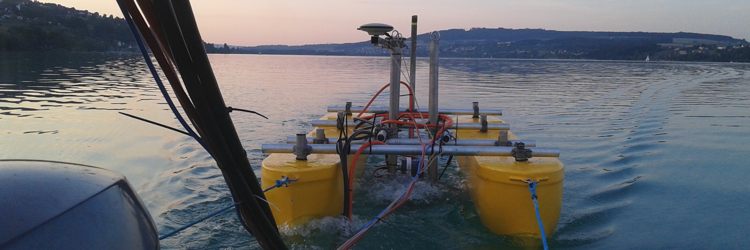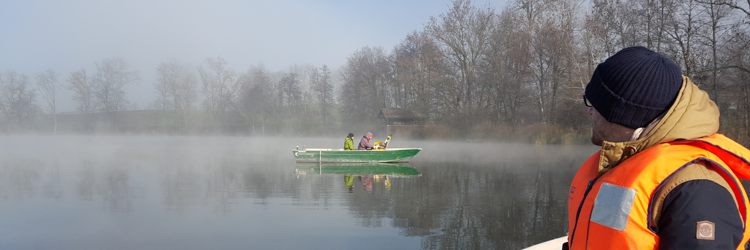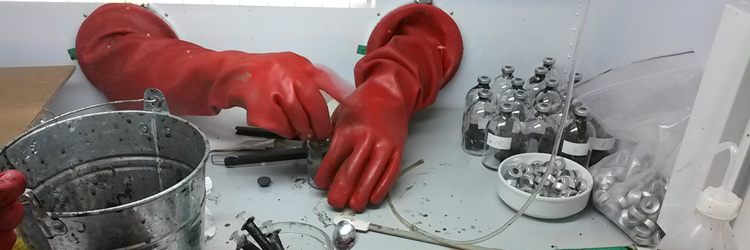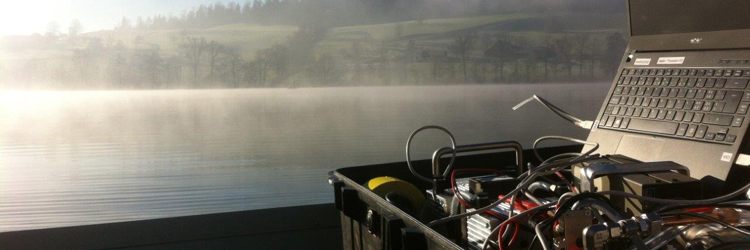Lakes, reservoirs and rivers are important resources and habitats. These freshwater bodies are intimately linked to the terrestrial ecosystem. The physical transport of substances within these aquatic systems and across their interfaces defines the ecological “health” and functioning. These constituents include, for example, dissolved oxygen, nutrients (i.e. phosphorus and nitrogen), heat, and pollutants.
Our research generally focuses on inland water, particularly lakes, ponds and reservoirs. However, we investigate physical processes at a wide variety of study sites, including coastal oceans, rivers, frozen lakes, and even the arctic. Our research mixes laboratory and field investigations, where we frequently work with and develop state-of-the-art measurement technologies, such as the aquatic eddy correlation technique.
The Aquatic Physics group utilizes these state-of-the-art field measurements, combined with system analytics and modeling, to explore important physical processes and their impacts. We are particularly interested in the transport across the interfaces – the sediment/water interface, and the water surface. Our group also explores the occurrence and transport by bubbles (either natural or artificially introduced). Some examples of our research themes in aquatic systems include:
- Hypolimnetic aeration and remediation measures
- Investigating the role of bubbles
- Physical-biological interactions
- Sensitivity to climate change parameters
- The carbon balance and greenhouse gas emissions
Using our suite of analysis techniques and measurement approaches allows us to assess the current functioning of aquatic systems, their role in the terrestrial landscape, and their susceptibility to human- and climate-related changes.







